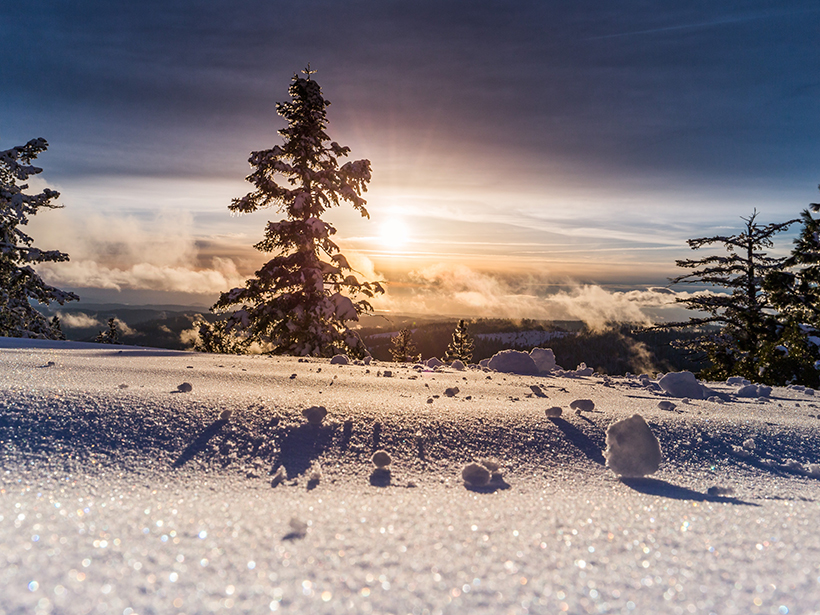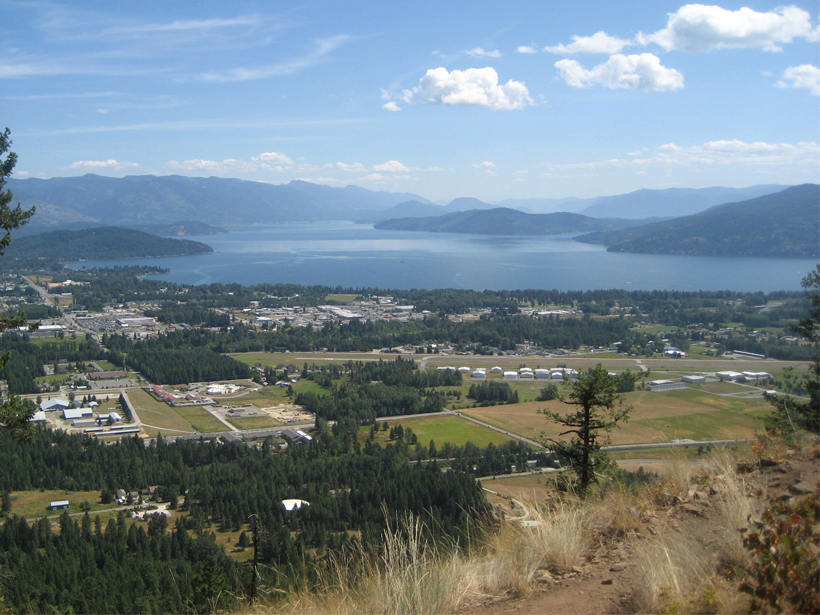As U.S. agencies commit to better incorporating Indigenous viewpoints, maps could be one important tool.
Idaho
The Nitty-Gritty Forces That Shape Planetary Surfaces
Scientists are coming up with ingenious ways to compare terrestrial sand dunes, dust storms, and rain with their counterparts on Mars and Titan.
Researchers Quantify a Seeded Snowpack
In Idaho, three hour-long cloud-seeding events created the snow equivalent of about 282 Olympic-sized swimming pools’ worth of water.
Wind Speed Governs Turbulence in Atmospheric Inversions
Measurements made during a field campaign in Idaho indicate that the speed of winds 2 meters above Earth’s surface determines the type of turbulence present in nighttime inversions.
The Backwards Earthquakes
Earthquakes in Idaho's panhandle are usually caused by the Earth's crust pulling apart. So why were earthquakes on 24 April pushing the crust together?
The Importance of Dunes on a Variety of Planetary Surfaces
The Fourth International Planetary Dunes Workshop: Integrating Models, Remote Sensing, and Field Data; Boise, Idaho, 19–22 May 2015






